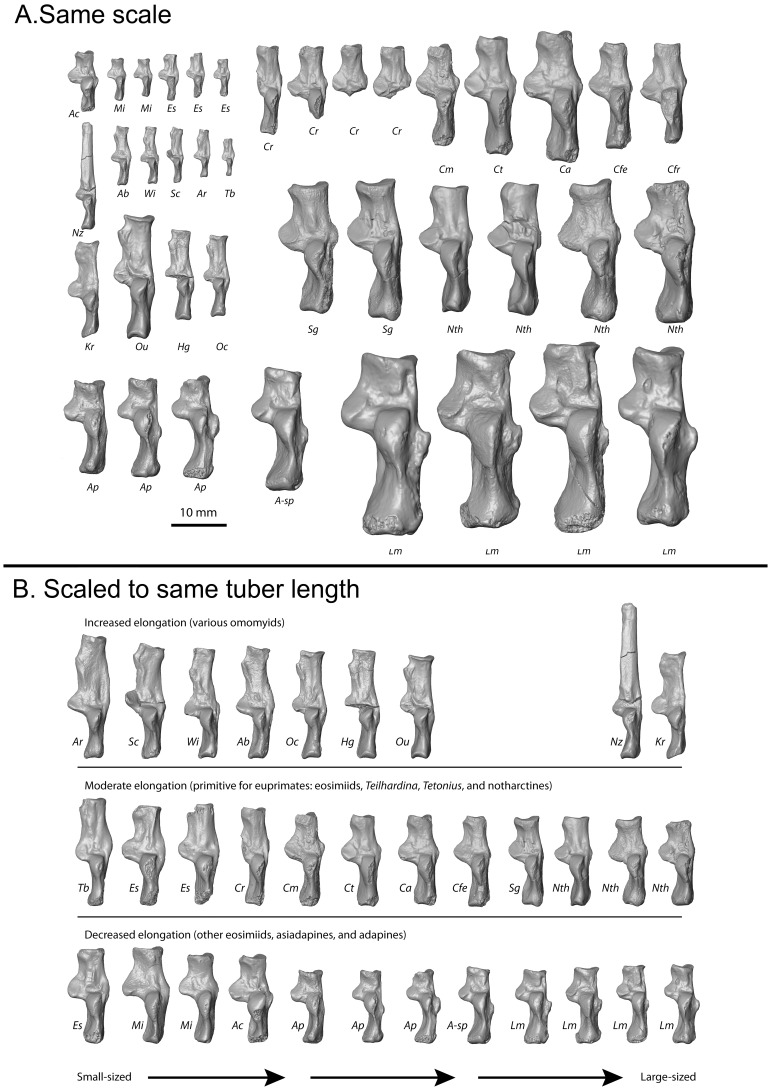Figure 3. Relevant fossil calcanei exhibit a diversity of sizes and proportions.
A, All relevant euprimate fossil (but not subfossil) genera measured and analyzed in this study are depicted at the same scale. B, the same taxa are depicted scaled to proximal segment length. The row corresponds to the scaling relationship of the taxa while the left-right position corresponds to body size. Note the left specimens (smaller) have relatively longer calcanei than the right speciments (larger). Abbreviations and specimen numbers (with numbers applying left to right; “R” stands for “reversed”): Ac, Asiadapis cambayensis (GU 760); Mi, Marcgodinotius indicus (GU 709,710); Eosimias sinensis (IVPP 12313R,12280R,11851); Cr, Cantius ralstoni (UF 252980; UM 79150; UM SLC VC misc6; CAB12–0209); Cm, Cantius mckennai ((USGS 5897R); Ct, Cantius trigonodus (USGS 21829); Ca, Cantius abditus (USGS 6783R); Cfe, Copelemur feretutus (USGS 21828R); Cfr, Cantius frugivorus (USGS 21781R); Nz, Necrolemur zitteli (A/V 637); Ab, Absarokius sp. (UCM 67907R); Wi, Washakius indicus (AMNH 88824); Sc, Shoshonius cooperi (CM69765); Ar, Arapahovius gazini (UCM 67850R); Tb, Teilhardina belgica (IRSNB 16786–03R); Kr, Komba robustus (KNM-SO 1364); Ou, Ourayia uintensis (SDSN 4020–60933); Hg, Hemiacodon gracilis (AMNH 12613); Oc, Omomys carteri (UCM 67678); Sg, Smilodectes gracilis (AMNH 131766R, 131774); Nth, Notharctus tenebrosus. (AMNH 11474R, 129382R, 131763R, 13766); Ap, Adapis parisiensis (NMB QE741R, QE644R, QE779); A-sp, Adapis sp. NMB QE 530; Lm, Leptadapis magnus (NMB QF421R, QE830R, QW 1676, QE604).

